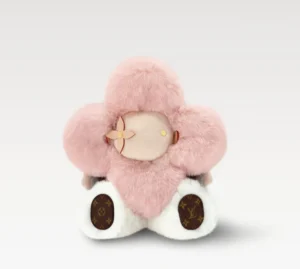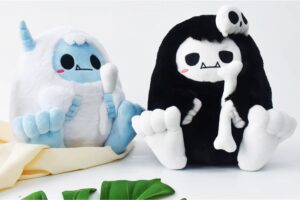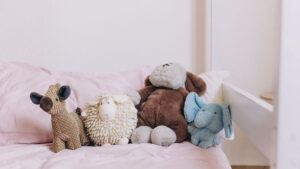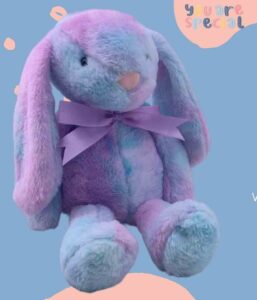Stuffed animals and plushies are terms often used interchangeably, but they have distinct meanings that matter in design, manufacturing, and marketing. Understanding these differences helps brands meet customer expectations and stand out in the competitive toy market.
Stuffed animals generally refer to traditional, larger soft toys modeled after real animals, focusing on realism and durability. Plushies, on the other hand, are often smaller, cuter, and more stylized, emphasizing softness, collectibility, and customization.
Let’s explore the key distinctions between stuffed animals and plushies across materials, production, design, safety, and consumer trends.
1.What are the defining features of stuffed animals compared to plushies?
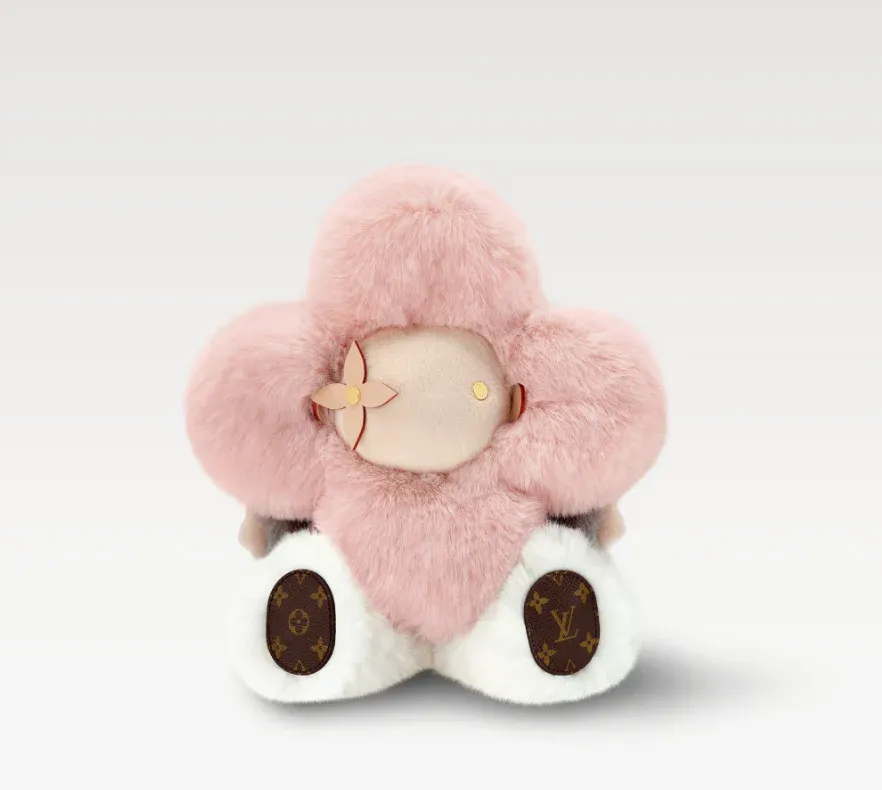
Stuffed animals are traditionally soft toys shaped like real animals, designed to be huggable and durable play companions. Plushies tend to be smaller, highly stylized, and emphasize cuteness and uniqueness.
While stuffed animals focus on realistic proportions and textures, plushies showcase exaggerated features like big eyes or whimsical colors, appealing to collectors and younger demographics.
- Size: Stuffed animals are often medium to large; plushies range from miniatures to small-medium sizes.
- Shape: Stuffed animals mimic real animal anatomy; plushies have simplified or cartoonish shapes.
- Function: Stuffed animals serve as playmates; plushies often double as collectibles or décor.
- Detail: Stuffed animals may include realistic fur patterns; plushies use bright colors and creative designs.
| Feature | Stuffed Animals | Plushies |
|---|---|---|
| Size | Medium to large | Small to medium |
| Shape | Realistic | Stylized and cute |
| Purpose | Play and comfort | Collecting and display |
| Design Detail | Naturalistic textures | Bright, exaggerated features |
Understanding these basics guides product development.
2.How do material choices vary between stuffed animals and plushies?

Stuffed animals often use durable plush fabrics like velboa or velour, designed to withstand rough play. Plushies use ultra-soft fabrics like minky or microfiber to enhance tactile appeal and cuteness.
Fillings in stuffed animals prioritize resilience, such as dense polyester fiberfill, while plushies may use softer fillings for added squishiness and comfort.
- Stuffed Animals:
- Durable fabrics with medium pile.
- Strong stitching to endure play.
- Fillings maintain shape under pressure.
- Plushies:
- Super-soft fabrics with longer pile.
- Fine embroidery replacing plastic parts.
- Softer fillings for tactile softness.
| Material Aspect | Stuffed Animals | Plushies |
|---|---|---|
| Fabric | Velboa, velour | Minky, microfiber |
| Filling | Firm polyester fiberfill | Soft polyester or PP cotton |
| Stitching | Reinforced seams | Detailed, delicate stitching |
| Surface Texture | Realistic fur feel | Ultra-soft, plush surface |
Material choice shapes the product’s feel and durability.
3.Which manufacturing processes differentiate plushies from traditional stuffed animals?

Stuffed animals undergo processes emphasizing strength and bulk, including heavy-duty sewing and dense stuffing. Plushies often require finer sewing, detailed embroidery, and delicate stuffing to maintain softness and intricate designs.
Plushies may involve more manual work or specialized machines for details like embroidered faces or accessories, contrasting with mass-production focus of traditional stuffed animals.
- Stuffed Animals:
- Bulk fabric cutting for large parts.
- Machine sewing with reinforced seams.
- High-density stuffing for shape retention.
- Plushies:
- Precise fabric cutting for small parts.
- Hand or machine embroidery for facial features.
- Soft stuffing to maintain plush feel.
| Process Stage | Stuffed Animals | Plushies |
|---|---|---|
| Fabric cutting | Large panels | Small detailed pieces |
| Sewing | Heavy-duty machine | Fine machine or hand stitching |
| Detailing | Plastic eyes/noses | Embroidery and appliqués |
| Stuffing | Dense, firm | Soft, lightweight |
Production methods reflect differing product priorities.
4.How do design trends influence the distinction between these two product types?
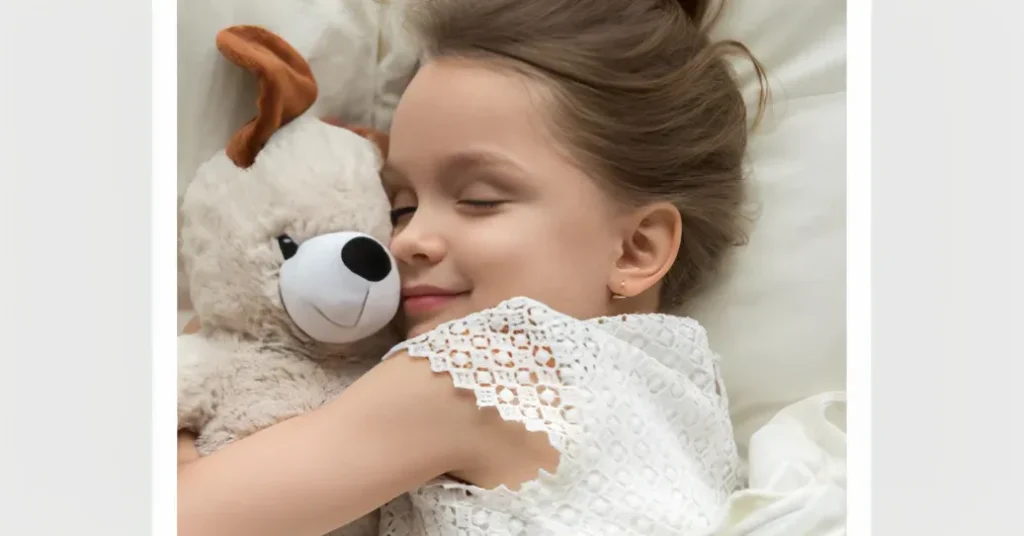
Design trends favoring cuteness, personalization, and collectibility have propelled plushies into popularity. Stuffed animals generally maintain classic, realistic designs appealing to younger children.
Plushies often follow trends inspired by pop culture, anime, and social media, incorporating vibrant colors and playful themes, expanding market reach beyond traditional toys.
- Stuffed Animals:
- Traditional animal motifs.
- Soft, neutral colors.
- Focus on safety and durability.
- Plushies:
- Trendy, whimsical shapes.
- Bold and pastel color palettes.
- Customized for fandoms and collectors.
| Design Element | Stuffed Animals | Plushies |
|---|---|---|
| Shape | Realistic | Cartoonish and stylized |
| Colors | Natural tones | Bright and pastel hues |
| Themes | Classic animals | Pop culture and fantasy |
| Target Audience | Toddlers and young kids | Teens, adults, collectors |
Design evolution drives market segmentation.
5.What safety and certification differences exist for stuffed animals versus plushies?
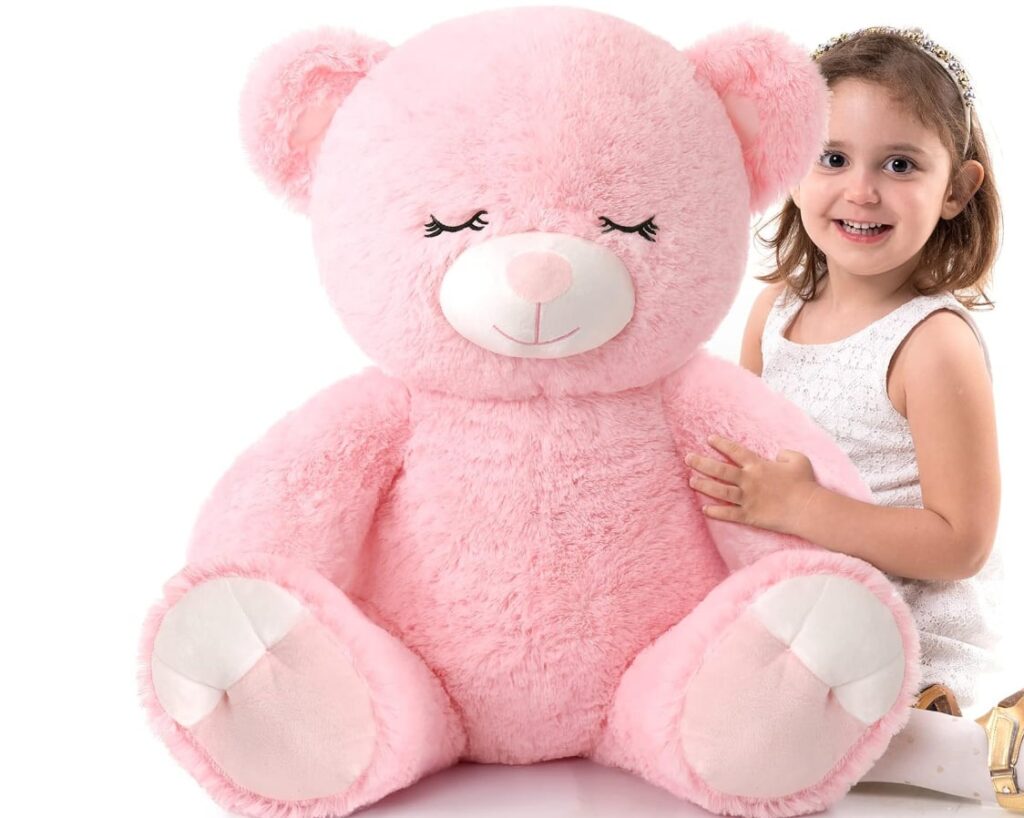
Both product types must meet strict safety standards like ASTM, CPSIA, and CE. However, plushies with detailed embroidery and small parts require extra attention to mechanical safety.
Stuffed animals typically use plastic eyes and noses that must be securely fastened or replaced by embroidery in plushies to reduce choking hazards. Certification testing ensures all toys meet chemical, mechanical, and flammability requirements.
- Stuffed Animals:
- Secure plastic parts with backing.
- Tested for seam strength.
- Plushies:
- Often use embroidered details.
- Smaller size may demand stricter choking hazard tests.
| Safety Aspect | Stuffed Animals | Plushies |
|---|---|---|
| Small parts | Plastic eyes/noses | Embroidery preferred |
| Seam strength | Heavy-duty stitching | Fine stitching with reinforcement |
| Chemical testing | Mandatory | Mandatory |
| Flammability | Required | Required |
Meeting safety standards is non-negotiable across both categories.
6.How do consumer preferences shape the market demand for each category?
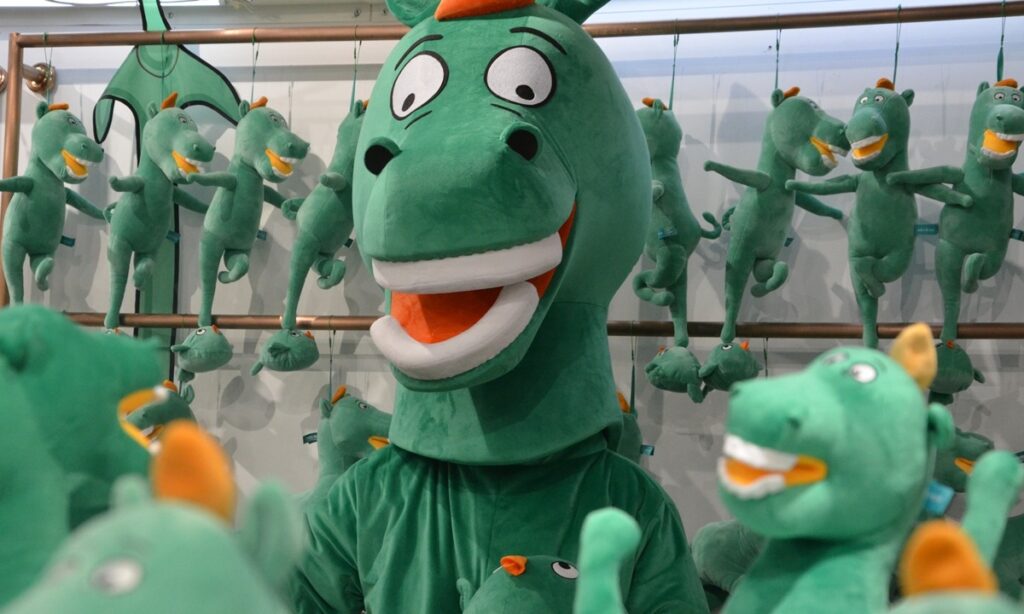
Consumers seeking classic playmates prefer stuffed animals for their durability and familiar designs. Collectors and younger audiences favor plushies for uniqueness, style, and customization.
Demand for plushies grows with social media trends, fandom culture, and gift-giving, while stuffed animals remain staple items for early childhood markets.
- Stuffed Animals:
- Target parents buying safe, durable toys.
- Popular in toddler and preschool segments.
- Plushies:
- Appeal to collectors and teens.
- Popular as gifts and décor.
| Consumer Group | Preference | Product Demand |
|---|---|---|
| Parents | Durability and safety | Stuffed animals |
| Collectors/Teens | Style and uniqueness | Plushies |
| Gift Buyers | Personalization options | Plushies |
| Early Childhood | Familiar, cuddly designs | Stuffed animals |
Understanding these preferences guides product development and marketing.
Conclusion
Stuffed animals and plushies differ in size, design, materials, and market focus. Knowing these distinctions helps businesses cater effectively to diverse customer needs.
For professional plush toy manufacturing advice, contact [email protected] or visit Kinwin Plush Toys.




